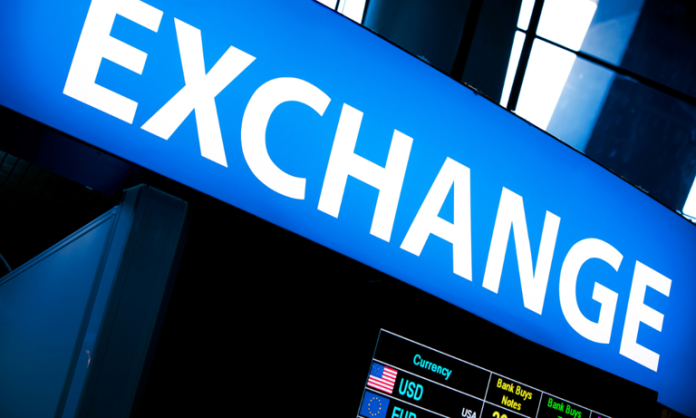The popularity of cryptocurrencies has led to the emergence of two primary types of exchanges: centralised exchanges (CEXs) and decentralised exchanges (DEXs). While CEXs offer a user-friendly experience and access to a wide range of tokens, their centralised nature raises concerns about trust and compliance. On the other hand, DEXs provide users with control over their assets and access to decentralised finance (DeFi) opportunities but often suffer from liquidity issues and lack user-friendliness.
CEX platforms, including well-known names like Binance and Coinbase, have simplified the process of buying cryptocurrencies using fiat money. However, since these platforms are controlled by corporate entities, users must trust that their funds will be available for withdrawal when needed. Additionally, CEXs are subject to compliance regulations and require users to undergo the KYC process.
To address these concerns, DEXs have emerged as a decentralised alternative that aligns with the ethos of cryptocurrencies. DEX platforms operate without a centralised authority and allow users to retain control over their assets. They also provide access to the exciting world of DeFi, where users can engage in activities such as staking, lending, and yield farming. However, DEXs come with their own set of challenges, including a steep learning curve and limited user-friendliness.
One significant drawback of DEXs is the lack of liquidity compared to CEXs. Instead of relying on centralised entities to facilitate trades, DEXs employ automated market makers that require users to trade with each other. As a result, significant slippage can occur during trades, leading to higher prices than expected. Furthermore, DEXs do not support crypto to fiat conversions due to the absence of a corporate entity to handle the necessary KYC processes.
While both CEXs and DEXs have their downsides, innovative solutions are emerging to bridge the gap between the two. Some projects aim to introduce decentralised exchanges with enhanced liquidity through innovative mechanisms. These solutions leverage liquidity pools and aggregation protocols to provide a more efficient trading experience on DEX platforms. Additionally, hybrid exchanges are being developed, combining the user-friendly interface of CEXs with the decentralised nature of DEXs, thereby offering the best of both worlds.
As the crypto ecosystem evolves, users can expect further advancements to address the challenges associated with both centralised and decentralised exchanges. These developments will ultimately provide improved access, liquidity, and user-friendliness, ensuring a seamless and secure trading experience for cryptocurrency enthusiasts.

